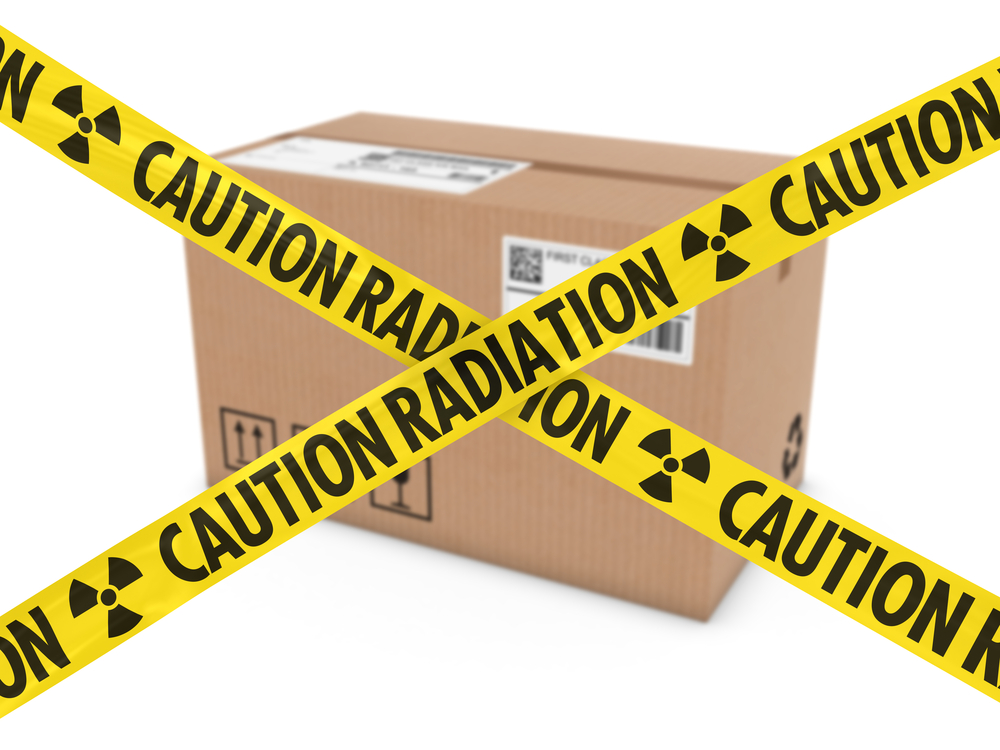
The U.S. Department of Homeland Security (DHS) recently announced that a new radiation detection system recently began operations at the Trans Pacific Container Service Corporation (TraPac) terminal at the Port of Los Angeles.
While all incoming cargo into the port is scanned by radiation detecting equipment, the new system automates the process to expedite trade and provide a needed layer of nuclear protection. Approximately two million containers pass through the TraPac terminal every single year.
The new process begins as rail-bound cargo is placed on conveyers by automated carriers. The system then transports the cargo through a radiation portal monitor for detection. If all cargo passes the security check, the cargo is then transported to rail carriers for transportation to its final destination.
TraPac originally envisioned the system as part of a move to automate scanning processes. At the same time, U.S. Customs and Border Protection needed a new means to scan ship-to-rail containers for radioactive materials. DHS then worked with the Pacific Northwest National Laboratory to test, evaluate, and approve the new system for live rail operations.
DHS said the new system offers a more efficient approach to preventing illicit radioactive materials from entering the country.




